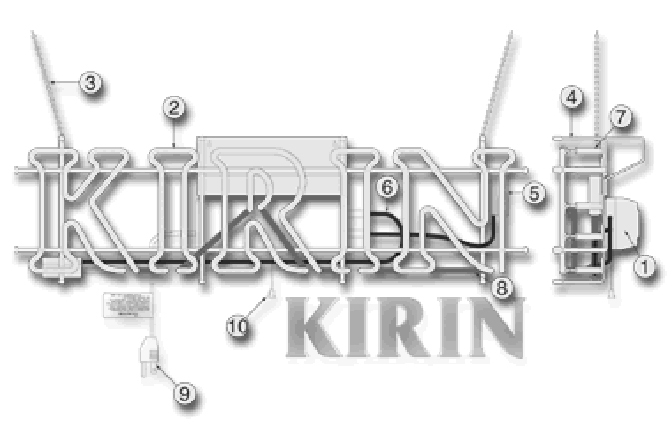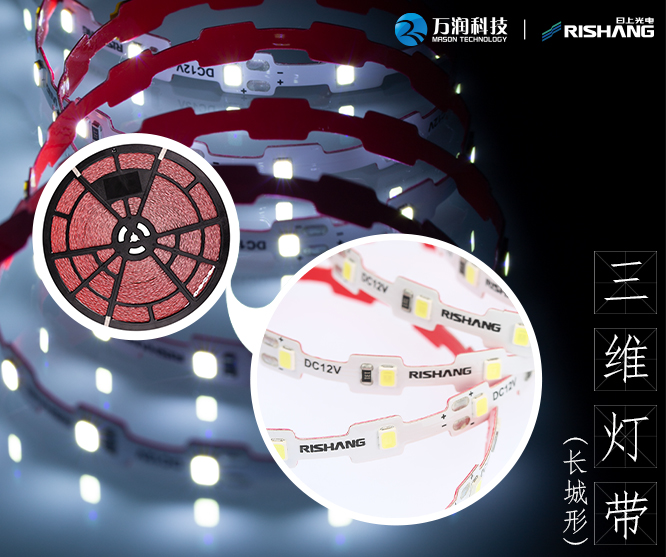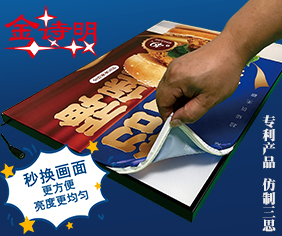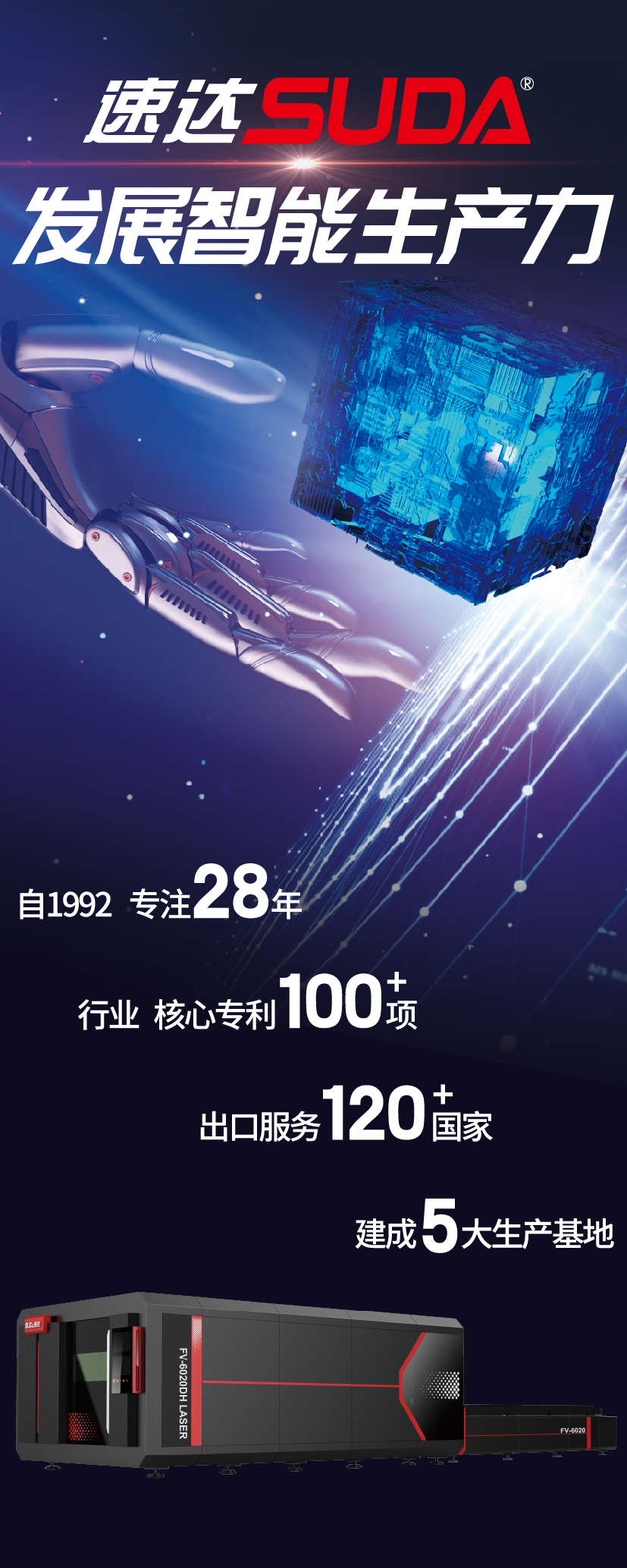
The word neon was coined from the Greek "neos", which means new gas. Neon sign is a product of the gradual development of the ancient Geissler tube (also named a Crookes tube), invented by Heinrich Geissler, a German glassblower and physicist. After the invention of the Geissler tube, many inventors started conducting experiments with tubes, electrical power and different gases. In 1900, various experiments led to the invention of electric discharge or vapor lamps in Europe and the United States. Discharge lamps are lighting gadgets that compose of a clear container in which a gas is powered by an applied voltage, and therefore made to glow. And finally thereafter, thanks to the French engineer, chemist and inventor Georges Claude, he developed the first neon signs.
“霓虹”这个词是从希腊语“neos”演化而来,原意是“新气体”,而霓虹灯是由德国一位物理学家——海因里希·盖斯勒发明的老式盖斯勒管(也成为克鲁克斯管)演变而来。
老式的盖斯勒管被发明出来后,许多研究人员开始以这种管为容器,对不同电功率下的不同气体进行实验。1900年,大量的实验终于催生欧洲和美国相继发明出放电灯(蒸汽灯),这是一种照明工具,用清洁的容器作为外壳,在容器中充入特殊气体通过施加电压供电,从而达到发光的效果。放电灯出现二年后,法国人乔治·克劳德,一位著名的工程师、化学家和发明家,意识到这项技术的商用价值,开发出第一个霓虹灯招牌。
He was the first one to use an electrical current to a sealed tube of neon gas in 1902 to make a lamp. The first ever public presentation of a neon sign was of two- 38-foot long tubes at the Paris Expo in December 1910. It was Jaques Fonseque, who sold the first commercial neon sign to a Paris barber shop owner in 1912. Fonseque was Claude’s partner. Georges Claude patented the neon lighting tube in 1915. Claude and his French company Claude Neon then presented the neon signs in the United States in 1923. Since then, neon lighting rose to become a prominent industry in outdoor advertising. Distinguishable even in daytime, people would stop and look at the first neon signs called as "liquid fire".
但当时霓虹灯的商用前景还不明朗,1902年时仅有乔治·克劳德一人使用电流通入密封的氖气管制作灯具。1910年12月,霓虹灯标识在巴黎世博会上首次公开展示,展出的霓虹灯是两根近12米长的灯管,制作者是乔治·克劳德的合伙人,雅克·冯赛克,他在1912年将第一个商业霓虹灯标识卖给巴黎的一个理发店老板。1915年,乔治·克劳德为霓虹灯管申请了专利;1923年,克劳德和他在法国的公司克劳德·霓虹在美国展示了霓虹灯招牌,从那时起,霓虹灯照明就正式成为户外广告领域中的重要行业。
那时的人们惊讶地发现,霓虹灯即使在白天也可以清晰地分辨,让人情不自禁地停下脚步沉浸于美丽的灯光中,因此为霓虹灯起了一个别称:液体火。
Lead glass is the most commonly used merial in making a neon sign. Lead glass tubes that measure approximately 8-15 mm in diameter are heated in portions using many kinds of burners. These burners are chosen depending on the number of glasses to be heated for each mixture.
含铅玻璃是制作霓虹灯标识最常用的材料,直径约8-15毫米的铅玻璃管使用多种燃烧器分批加热,这些燃烧器的选择取决于需要通过加热添加进玻璃的混合物的数量。
The burners have ribbon, cannon or crossfires and also a number of torches that work on a basic mixture of butane, propane or natural gas and air. An electrode is melted to each tip of the tube when it is done. The electrodes are made of lead glass which has a little metal shell with two wires covering through the glass in which the wires of the sign will be connected.
燃烧器主要分为带状、炮筒状和交叉形状,还有许多以丁烷、丙烷、天然气为燃料的炬管。制作完成后,电极从两边的尖端贯穿整条灯管。电极由带有金属外壳的铅玻璃制成,两根导线穿过玻璃与标牌的导线相连接。
All attachments should be seamlessly put together without any leaks before going to the next task. Then, the tube is put to a chamber which is connected to a well-made vacuum pump. The air in the neon tubes will then be removed. When removing the air, a high current is inserted through the tube through wires covering the electrode. This is called the bombarding process. The flow of electricity depends on the type of electrode used and the size of the tube. It is usually from 500mA to 1000mA level, at an applied voltage typically from 15,000 to 25,000V.
在进行下一道工序之前,应检查灯管及其所有附件已经被无缝地组合在一起,在确保不会泄漏后,将灯管放到真空泵的腔室中,抽出里面的所有空气。在抽空的过程中,同时用高电流通过覆盖电极的导线贯穿灯管,这在生产环节中被称为“轰击过程”。具体的电流大小取决于所用电极的类型和灯管的尺寸,常规施加的电压为15000至25000伏,电流则相应为500至1000毫安。
The bombarding transformer serves as an adaptable and steady electrical source. The length and pressure of the tube determine voltage being created. Basically the operator will regulate the pressure depending on the capacity of the bombarder to secure the loss of energy during the heat conversion process.
经过轰击过程的变压器稳定且适应性强,灯管的长度和内部压力决定其产生的电压。一般来说,技术人员都可以利用轰击过程调整压力,以控制在热转换过程中的能量损失。
This sounds all high tech and complicated but nevertheless, this is how neon signs are made.
这听起来很高科技也很复杂,但这就是制作霓虹灯的方式。
Standard Components of a Neon Sign
霓虹灯的标准组件

1. Electronic Power Supply
2. Neon Tube
3. Non-permanent Wall or Ceiling Hanging Chain
4. Bar Stock Frame With Window Bumpers
5. Electrode to Electrode Connection
6. Electrode to Transformer Connection
7. Neon Tube Support
8. Neon Tube "Bend Backs"
9. Three-prong Grounded Wall Plug
10. On / Off Switch
1.电子电源
2.霓虹灯管
3.非永久性壁挂或天花板吊链
4.开放式保险杠与支架
5.电极对电极连接
6.电极对变压器连接
7.霓虹灯管支架
8.霓虹灯管“背面弯曲”
9.三线接地插头
10.开关
How Neon Signs are Made
霓虹灯的制作方法

Neon signs are made of glass tubes bent into letters or shapes and filled with inert gas. When the electric current hits the electrodes in the tubes, electrons flow through the gas, making its atoms glow. The type of gas in the tubes, determine the color of the light.
霓虹灯是由弯曲成字母或其他形状并充满惰性气体的玻璃管制成,接电后电流击中管中的电极,电子流过气体,就会使原子发光,而管中气体的属性决定灯光的颜色。
In a clear glass tube, argon gas gives off a steel blue light while neon gas produces red light. To create vivid designs, we can parlay the two base colors into over 80 different colors by using glass tubes that are coated in fluorescent powders. For instance, blue glowing argon gas in a yellow tube, emits a green light.
在透明的玻璃管中,氩气发出钢蓝色的光,氖气发出红色的光,为了设计更为绚丽的灯光,可以使用涂有荧光粉的灯管将两种基色调配成80多种不同的颜色,例如在黄色的灯管中填充氩气,则可以发出绿光。
To shape the tubes, we use a glass blowing technique. Following a pattern drawn on a fire resistant sheet, we mark the tubes where we need to bend it. Then we heat each spot on a device called a ribbon burner which has a propane flame at 1200° F. Within about 30 seconds, the glass becomes soft enough to be pliable. We gently bend the tube, then blow air into the uncorked end to restore the original diameter. With each bend, we check the shape against the pattern.
为了给灯管塑形,使用的是玻璃吹制技术,按照在防火板上绘制的图案,在需要弯曲的地方对灯管进行标记,然后在带状燃烧器上对每一个标记点进行加热,带状燃烧器能产生60℃的丙烷火焰,在30秒内玻璃就会变得足够柔软易弯曲,这是轻轻弯曲灯管,然后将空气吹入未塞口的一端以恢复原始直径。
在每次进行弯曲时,最好都要根据设计图案检查一下形状。
After shaping we cut off the excess and remove any extra powder residue from inside of the tube ends. The next step is to attach the glass tube neon electrodes by fusing the two together with a propane hand torch and a flexible latex blowing tube. We seal the glass around one electrode and leave the other open.We now add a drop of mercury into the tubulation to brighten the color of the argon gas. Without the mercury, the argon gas would not be as bright. Neon gas (a red neon sign) does not need mercury.
灯管成型后,将玻璃塑形时产生的多余部分切除,并从管内清除所有多余的粉末残留物,下一步是利用手持丙烷燃烧器和柔性乳胶吹管,将灯管与电极融合在一起,并加以固定,一端的电极用玻璃密封,另一端则保持开放状态。
霓虹灯制作工艺中有一个至关重要的步骤——在开放电极上添加汞元素,这样可以增加氩气的亮度,如果不加汞,氩气发光会比较暗淡。而氖气霓虹灯则不需要汞。
The next step is to dip the back of the neon sign into black paint which will help the lettering and design stand out. We use a brush to spread the coat evenly and remove the excess. We then light up the sign at high voltage for about 30 minutes. This will dry the paint but most importantly it will transform the liquid mercury into vapor which will spread through out the inside of the neon sign.
下一步是将霓虹灯的背面浸入黑色涂料中,这将有助于刻字和设计脱颖而出,从涂料中拿出后,用刷子将外壳均匀地涂抹,这一步骤还可以去除一些杂质污染。然后以高电压点亮标识约30分钟,蒸干涂料,最重要的是高温将液态汞转化为蒸汽,均匀扩散到整个霓虹灯的内部。
Using transparent clips, we mount the sign onto a black or clear plexiglass backing. Finally, we connect the protruding electrode wires to a neon transformer. A neon transformer converts the standard 110 volt current, from our normal wall outlets, into high voltage current (3k to 15k volts) needed to power a neon sign.
最后,使用透明的夹具将霓虹灯安装在黑色或透明的有机玻璃背衬上,将开放一端的电极连接到霓虹灯变压器上,变压器直接从插座端将标准电流转换为霓虹灯所需的高压电流(3-15千伏)。
Whats the difference in Neon and LED's?
霓虹灯和LED灯有什么区别

The most obvious difference is that neon uses real glass tubing so there is always the potential for breakage. Real glass neon has been the mainstream in outdoor and business lighting and it still exists today more than ever. Even though neon has some potential shock hazards and high maintenance, real glass neon signs are still the most widely used forms of advertising but LED is definitely a formidable challenger.
最明显的区别是霓虹灯如今使用的仍然是真正的玻璃管,因此总会有破裂的可能性。尽管其具有潜在的电击危险和高维护需求,但玻璃霓虹灯一直是户外和商务照明领域的主流,即使在现代社会,也是最广泛使用的广告形式,甚至总量比过去更大···不过LED对于霓虹灯而言,无疑是一个最具威胁性的挑战者。
LED signs and light sources derive from a string of Light Emitting Diodes (LEDS) spaced just far enough apart that the light source overlaps each other for a constant glow. LED's are generally wrapped in its own special polymer jacket for protection which is more lightweight than neon and more flexible. Because of this, installation of LED signs are faster than its counterpart and LED's have zero hotspots.
LED标识的光源来自一串发光二极管,这些二极管之间的距离都经过精心设计,以使光源彼此重叠以产生恒定的灯光。LED灯具通常被包裹在特殊聚合物制成的保护外壳中,这种外壳比霓虹灯管更轻巧也更具韧性,并且不存在单点过热,这也让LED标识的安装不用特别小心,比同类产品更快。
The energy savings with LED is also apparent in big way. LED's can save you up to 70% or more in energy costs while traditional glass neon runs hotter and uses more energy. To put it in better perspective, glass neon uses 15,000 volts while LED lights use only 24 volts. LED's are shock proof and have very little heat emitted which makes it absolutely safe to use. Keep in mind, when we are talking about the differences between Neon and LED, we are talking about a large outdoor area. The business neon signs we offer on our site, for indoor use, compared with its LED equivalent is merely pennies so if you are having trouble choosing between a neon sign and an LED sign for your home or business... flip a coin. They are both fantastic options and will last a lifetime.
LED的节能效果非常明显,相对于霓虹灯来说,LED可以节省多达70%或更多的能源成本,以实际的数值来说:玻璃霓虹灯所需电压为15000伏特,而LED灯仅用24伏。另外,LED的抗震性更好,散发的热量也远小于玻璃霓虹灯,在使用上绝对安全。
但是,请注意!以上关于霓虹灯和LED的区别,其默认的场景是在一个很大的室外区域中,而室内的商用霓虹灯广告牌与相对应的LED标识相比,相差仅为几角钱或几块钱。因此,如果是用于家庭或企业室内的灯具,在选择霓虹灯还是LED之间面临抉择,那么只需从观感和效果上考虑即可,他们都会是绝佳的选择,并且寿命都很长。
In the end, LED lights are brighter, more energy efficient, easier to install and will surely be the light source of the future as technology advances. Neon signs however are perfect for small business applications and signage and has proven to be and continues to be a mainstream light source for personal and business use around the globe.
总结是:LED灯更亮,更节能,更易于安装,并且跟随着技术的不断进步,必将成为未来的光源。但是,霓虹灯仍然非常适合小型企业的室内应用,以及大部分标牌的应用,将在很长一段时间内,继续稳坐全球个人和企业使用的主要光源。
Lastly, its all about preference. In our opinion, neon is more vibrant, warm, inviting and attractive. Its more like art than just a sign. LED signs tend to be more industrial and straight forward. This may sound corny but Neon seems to be more "romantic" and "elegant" and LED's are more "medical" and "cold" if that makes any sense.
最后,如果从偏好方面来说,显然霓虹灯的灯光和颜色更温暖、更有活力,因此更有吸引力也更为诱人,它更像是艺术,而不仅仅是广告标识。LED则趋向于更工业化和直接的照明。
用听起来有些老套的话来说,霓虹灯似乎更“浪漫”和“优雅”,而LED如果具有某些意义的话,则是“高效”和“冷淡”。








